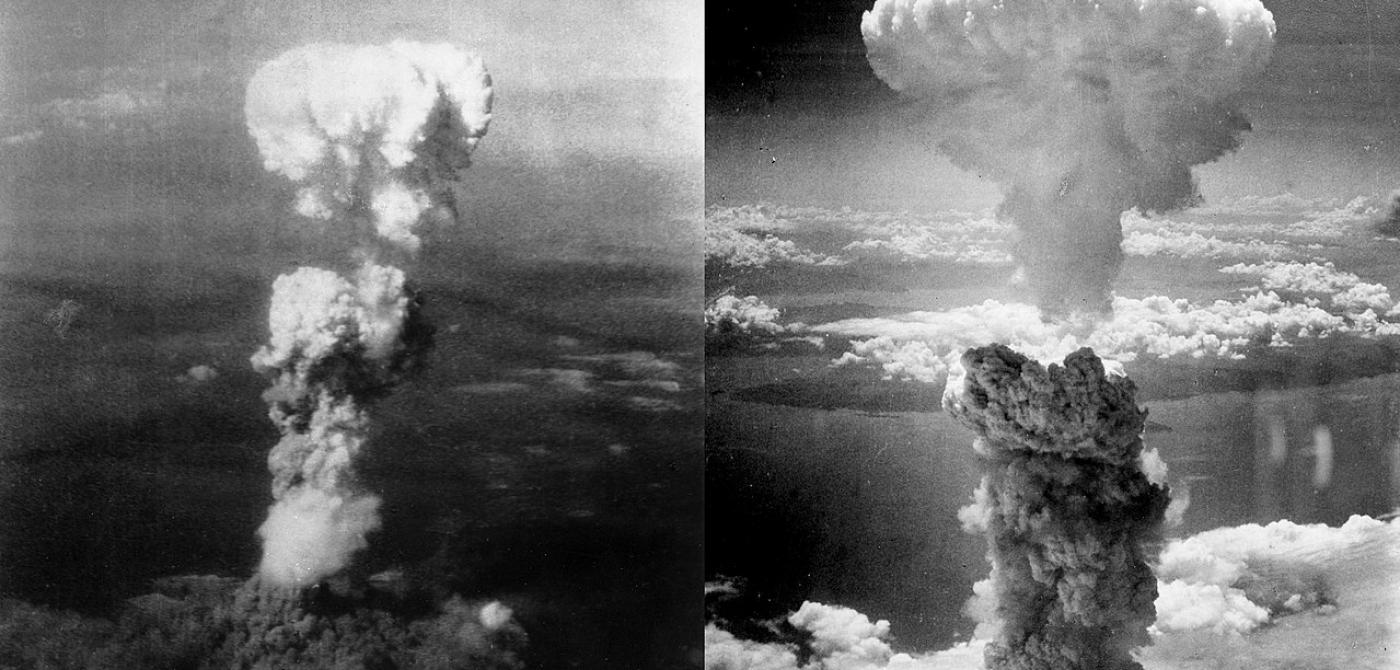Paul Tibbets became famous in the US after World War II. He led the Enola Gay during the atomic bombing of Hiroshima. Despite his fame, Tibbets didn’t want a funeral or a headstone when he died.
Paul Tibbets studied stomach surgery before joining the US Army Air Corps (USAAC). He signed up for three years at first. After getting his pilot’s license in 1938, he stayed on active duty when World War II started. People know Tibbets best for his work in the Pacific, but he began by bombing France and North Africa. From 1940 to 1941, he flew General George Patton around as his personal pilot.

Paul Tibbets got a call to work as a test pilot for the Boeing B-29 Superfortress during its building in late 1943. He noticed the plane flew better and weighed 7,000 pounds less when they took off the armor and weapons. After a full year, he had to teach other pilots in the 17th Bombardment Operational Training Wing.
In 1944, the military put Tibbets in charge of the 509th Composite Group. This unit had to get B-29s ready to drop atomic bombs.
Paul Tibbets and his crew moved to Tinian in May 1945. There, they learned about atomic bombs and bombed Japanese-held islands.
When the 509th group got the go-ahead to bomb Japan, Tibbets flew the plane that would drop Little Boy, the atomic bomb. He named the aircraft Enola Gay after his mom.
On August 6, 1945, Paul Tibbets, his team, and two other planes watching dropped Little Boy on Hiroshima. Looking back, he remembered seeing a mushroom cloud rise fast over the Japanese city after Little Boy blew up.
Tibbets didn’t join some of his crew members on later missions that dropped the second atomic bomb called Fat Man, on Nagasaki. Even so, he got credit as the first person in history to use an atomic weapon against an enemy city.
Paul Tibbets earned the Distinguished Service Cross for his role in World War II.
